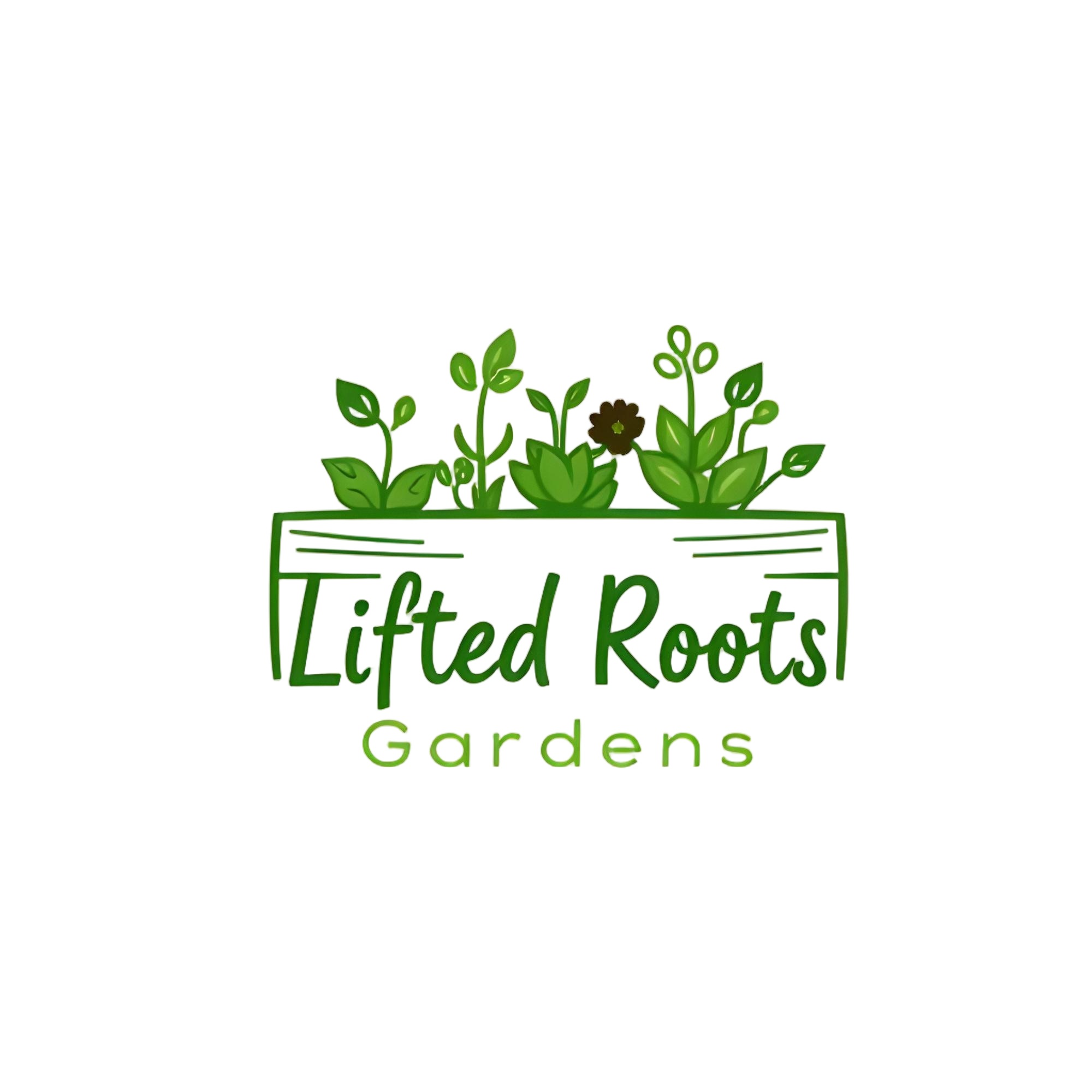Big Flavor, Small Space: How to Grow an Abundant Kitchen Garden in Your Tiny Urban Oasis
- Lifted Roots Gardens

- Mar 12
- 4 min read
Creating a kitchen garden isn't just for homeowners with sprawling yards. Even if you live in a cozy apartment, a small balcony, or a tiny backyard, you can cultivate your own vibrant space filled with delicious herbs and vegetables. Imagine picking fresh basil for your pasta or slicing crisp radishes for your salad. In this guide, we will explore how to turn your small area into a green sanctuary of flavors and nutrition.
Understanding Your Space
Before you start planting, it’s essential to evaluate your environment. Look around and take note of:
Sunlight: How many hours of sun does your space receive each day? A south-facing window can provide up to 8 hours of sunlight, which is perfect for most plants, while a north-facing balcony may offer just a few hours of filtered light.
Climate Conditions: Your space might have unique conditions influenced by surrounding buildings or trees. For instance, if you notice that the area stays cooler or is often windy, this can greatly affect plant growth.
Recognizing these elements will guide you in choosing the right plants, increasing your chances of a thriving kitchen garden.
Choosing the Right Plants
When selecting plants for your kitchen garden, choose the ones you love to eat. Here are some excellent options suited for compact spaces:
Herbs: Basil, parsley, cilantro, and mint thrive in small pots. They add remarkable flavor to dishes and are simple to care for. Consider having a basil plant for pesto—75% of basil's flavor comes from essential oils released when the leaves are crushed.
Leafy Greens: Quick-growing greens like lettuce, spinach, and arugula can flourish in shallow containers. These plants can yield continuous harvests when you simply pick the outer leaves, giving you fresh salads for weeks.
Root Vegetables: Carrots and radishes can thrive in deeper containers, occupying limited space while providing a satisfying crunch to your meals. A 5-gallon container can yield around 10-15 carrots when spaced properly.
Miniature Varieties: Look for dwarf or bush types of tomatoes, peppers, and zucchini. Many can produce up to 20-30 fruits in a small garden, offering great yield without needing extensive space.
Container Gardening Basics
If pots and containers are your only options, don’t fret. Container gardening has its perks. Here are some foundational tips to ensure effective gardening:
Choose the Right Containers: Select pots with good drainage holes. Terracotta pots are excellent because they allow air and moisture to circulate, preventing root rot.
Soil Selection: Use high-quality potting mix designed for containers rather than garden soil. Potting mixes hold moisture better and provide essential nutrients.
Water Wisely: Check soil moisture daily, as container plants can dry out quickly. Water them thoroughly until you see excess draining from the bottom, and avoid letting them sit in standing water, which can harm roots.
Maximizing Space: Vertical Gardening
When your ground area is limited, think upward! Vertical gardening allows you to expand your growing area without sacrificing valuable surface space. Here are three effective approaches:
Wall Planters: Hanging pots or wall-mounted planters make great use of vertical space while adding visual interest. For example, planting herbs in wall planters can keep them fresh and accessible for cooking.
Trellises and Lattice: Use trellises to support climbing plants like peas and cucumbers. These structures can free valuable ground space and create a beautified vertical addition to your garden.
Vertical Planter Stands: Tiered or stacked planters can help organize your herbs and small veggies tightly, making the best use of limited space while providing aesthetic appeal.
Companion Planting for Success
Companion planting helps improve plant growth and deter pests. For example, did you know that basil planted near tomatoes can improve their flavor and ward off aphids? Here are some effective plant pairings:
Basil and Tomatoes: Enhances tomato growth while adding unique flavor to sauces.
Marigolds and Vegetables: These flowers repel harmful insects, helping to keep your garden healthier.
By understanding which plants work well together, you can create a more productive and resilient kitchen garden.
Seasonal Rotation and Care
Practicing seasonal rotation is crucial for maintaining a vibrant kitchen garden. Some plants flourish in cooler weather, like lettuce, while others thrive in warmth, such as peppers. Keeping track of your planting schedule ensures a continuous supply of fresh produce.
Routine inspection of your plants for pests and diseases is essential. Regular pruning and harvesting encourage plants to produce even more. Research shows that more frequent harvesting can boost yields by as much as 20%.
The Joy of Gardening
Gardening isn't just about the fresh produce; it's also about the joy of nurturing a living space. Taking care of a tiny kitchen garden can be a peaceful and fulfilling way to escape the hectic pace of urban life.
Spending even 10 to 15 minutes a day with your plants can enhance your well-being. Observing their growth, feeling the soil, and enjoying the fruits of your labor can provide a grounding experience in a busy world.

Nurturing Your Urban Jungle
Creating a flourishing kitchen garden in a limited space is not only possible but can also be a deeply rewarding journey. By understanding your environment, selecting the right plants, maximizing your area vertically, and providing proper care, you can enjoy a bounty of flavors right at home.
So, don’t let limited space deter you from gardening. With creativity and dedication, your tiny urban oasis can blossom into a vibrant kitchen garden that enriches your cooking and lifts your spirit. Happy gardening!




Commenti